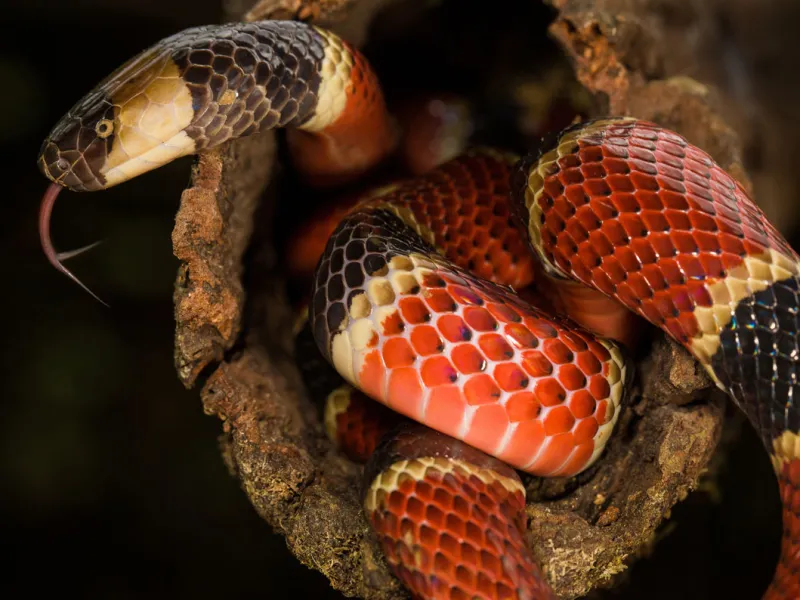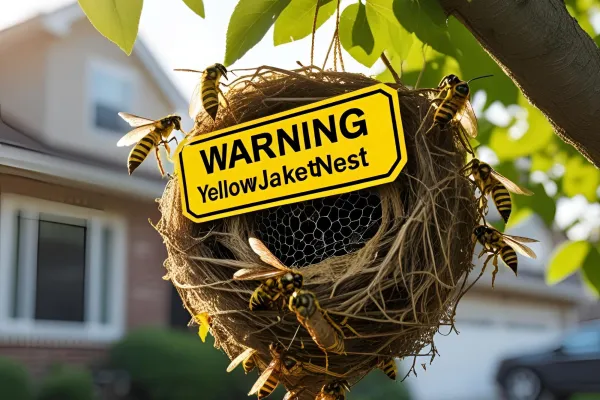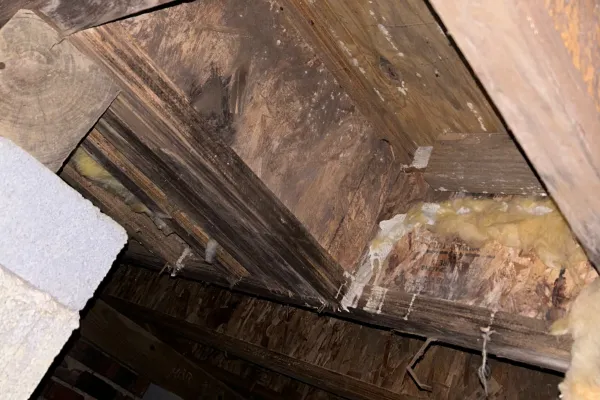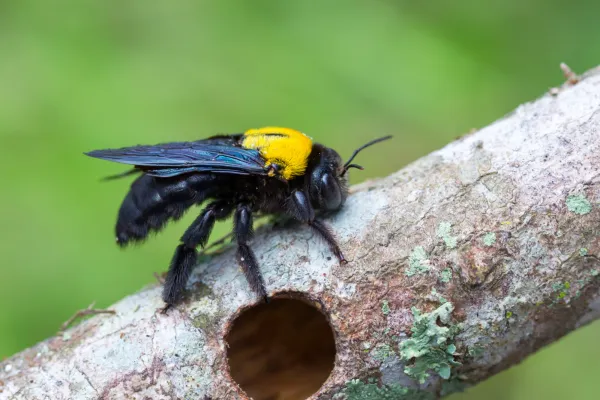Venomous Snakes in the Carolinas

The Carolinas are home to thirty-eight native species of snakes. Out of all of those slithering reptiles, just six species in South Carolina and five species in North Carolina are actually venomous. These include the Eastern coral snake, copperhead, cottonmouth/water moccasin, Eastern diamondback rattlesnake, timber/canebrake rattlesnake, and the pygmy rattlesnake.
The chances you will bump into one of these are lower than you might think, but, just in case you do, it’s always good to know what you are up against. At Palmetto Exterminators, we always preach preparedness & prevention when it comes to dealing with pests! So, here’s what you need to know about these six venomous Carolinian Snakes and what to do should you encounter one.
How to Identify Venomous Snakes in South Carolina & North Carolina
1. Eastern Coral Snake

You may have heard the old rhyme, “red yellow, kill a fellow; red, black, okay Jack.” The Eastern coral snake, which has bands of red, yellow, and black, is the only venomous snake found exclusively in South Carolina; all others are found in both South and North Carolina. This species is not to be confused with the innocuous (non-venomous) scarlet kingsnake, which features the same color scheme. One way to distinguish the two is by the relative size of the black bands; coral snakes have thick redand black bands, with small yellow bands in between, whereas kingsnakes only have thick red bands, bordered by two small black bands with a thin yellow band in between.
Eastern coral snakes spend most of their time underground or in leaf piles in wooded and sandy areas. Because they spend so much time underground, there may actually be more in the area than you expect. That said, like most other snakes, the Eastern coral snake does not present much of a threat unless it is picked up. The biggest risks are amongst household animals and small children. Even so, there have been no reported deaths from coral snakes in the United States since 1967!
2. Copperhead

There is often much talk about the dangers of copperheads, but, of all the snakes on our list, they are actually theleast dangerous by venom comparison. Compared to cottonmouth snakes, their venom is half the volume—and about half of the power. They are, however, much more prevalent in our region, and, unfortunately, they are also more inclined to bite than many other species of snakes.
The copperhead will show warning signs prior to attacking. When they are preparing to strike, they open their mouths wide, attacking from a distance. Biologists have interpreted this behavior as a warning only, and not a sincere attempt to inflict harm.
3. Cottonmouth (Water Moccasin)

While copperheads are common in most habits in the Carolinas, cottonmouths dominate areas near the water. They are not the only commonly found snake in water habitats though; harmless water snakes are found in this area and are often confused for their venomous counterparts. Some may even have the arrow-shaped head of the cottonmouth.
Cottonmouths can appear aggressive, but this is more of a warning display than a genuine threat. When they feel trapped, they open their jaws wide and expose their white mouths (hence the name cottonmouth). They will also vibrate their tails and produce a musky smell that some people compare to cucumbers. Unlike some other species, cottonmouths will stand their ground, but biting someone is usually a last resort. They much prefer to continue on their way without engaging a potential foe.
4. Eastern Diamondback Rattlesnake

The Eastern Diamondback is the largest species of a rattlesnake— typically weighing over ten pounds! They are most commonly found in dry and sandy areas, such as dunes, but they can also be found in pine forests and even swampy terrains.
Though they are able to swim fairly well, they typically steer clear of wet areas. Eastern Diamondbacks are most active during daylight hours, however, they usually remain unseen. They typically hide out in the brush awaiting for their prey.
5. Timber Rattlesnake/Canebrake Rattlesnake

The Timber Rattlesnake, also called the Canebrake Rattlesnake, is the most common rattlesnake species—and one of the largest. These snakes are durable and well-equipped for living in every type of terrain that the Carolinas offer.
From swamps to pine forests and during both day and night, these gray-bodied snakes can be found moving about. They are more often seen on dry land, but they have also been known to swim across rivers.
6. Pygmy Rattlesnake

In contrast to the last two rattlesnakes, the pygmy rattlesnake is tiny. At an average of just a foot long, its rattle often can’t even be heard! These snakes can be found in the Coastal Plain area of South and North Carolina, as well as in pine woods. They are active during the day and the night. Since they are so small, they usually try to rely on their camouflage as a defense.
What to Do If You See a Venomous Snake
If you happen upon a snake in the wild, there is a pretty good chance that it’s not venomous. And, even if it is, snakes generally have no interest in humans and want to stay out of your way as much as you want to stay out of theirs. Despite being conveyed in numerous pop culture outlets as vicious creatures warranting our disdain, snakes play a vital role in their ecosystems and are not looking to make a tasty snack out of your ankles.
Killing a snake is usually not a necessary step; more often than not, attempting to kill a snake or pick it up leads to more injuries than if it had just been left alone. Typically, the best policy is to give the snake plenty of space and let it continue on its merry way.
If you have noticed more than one snake slithering around your yard, or are concerned about young children or pets, then you may want to consider relocating your unwelcome friend. Never try to remove a snake yourself! You should always contact a trained professional when dealing with snakes and other wildlife. Please note that the pest control professionals at Palmetto Exterminatorsdo not directly handle snake issues. Instead, we will refer you to a local wildlife control specialist.
Our other pest control services do help to reduce the populations of rodents and insects that snakes prey on, though, which helps minimize the appearance of snakes around your home. If you would like more information on these pest control services, contact Palmetto Exterminators for a free pest inspection today!


